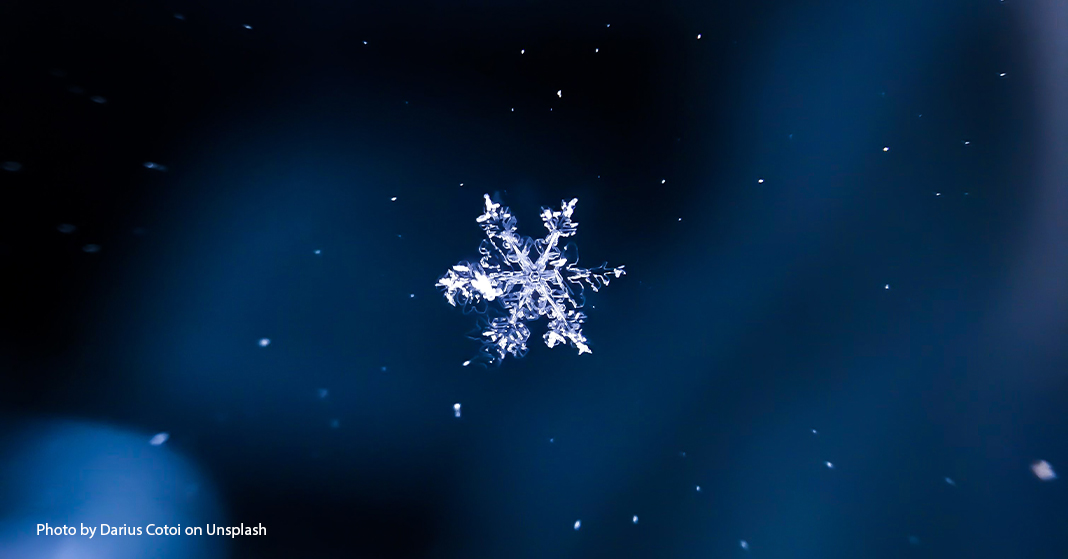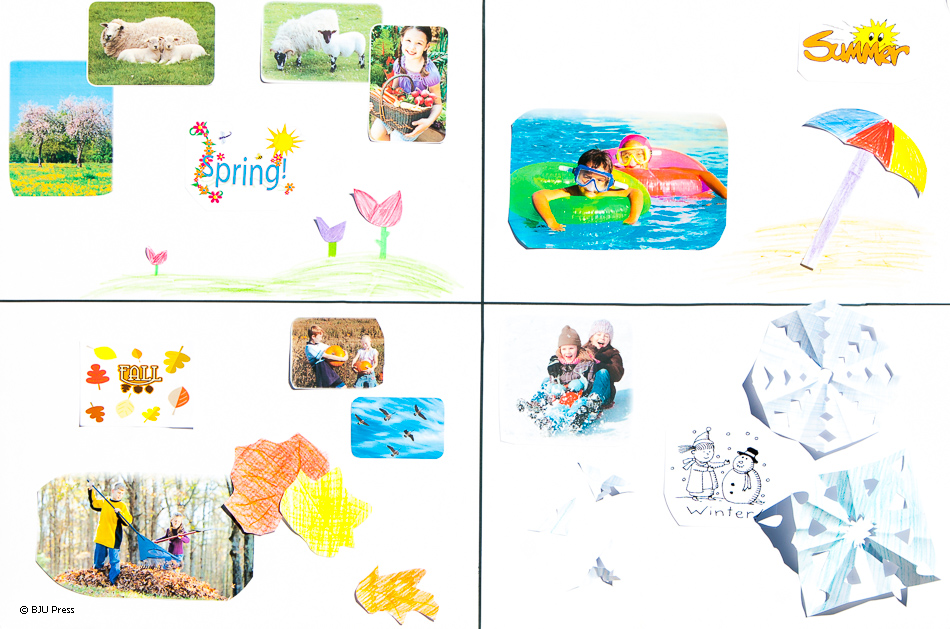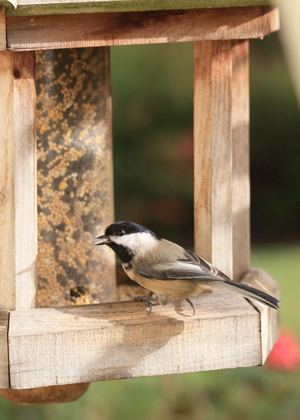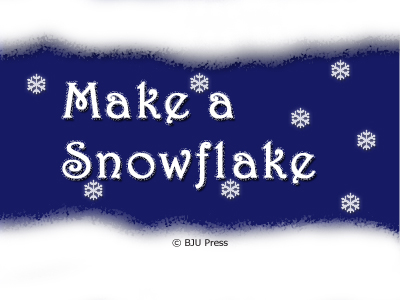
Snow fell for three days in a row, burying my yard in over two feet of dense slush. It was March, and I was ready for spring. But I had to dig out of more snow than I had seen in my lifetime! What an introduction to a Midwest winter. I grew up in the south, where snow days were too few. But I was not enjoying them as an adult. Maybe you have read this anonymous quote, “If you choose not to find joy in the snow, you will have less joy in your life but still the same amount of snow.”
Instead of letting winter weather get you down, find ways to keep learning. Enjoy God’s winter creation like you do the other seasons. It would be easy to let winter keep you from restarting school after the break. Ease into it, and choose joy in some of these winter weather learning opportunities. Every subject has winter learning potential.
[Read more…] about Snow Day Activities: Choosing Joy in the Winter


